Before I even started this project, I knew I would run into issues and unanticipated roadblocks, so I feel okay admitting that there are some things my project will not accomplish. However, there are still some things I am determined to make work. Here are my top five specifications and top five constraints for my toy piano project.
Specifications:

(my dad sitting at the piano ~1990)
- Recognizable replica: My project takes all of its design inspiration from a family piano from the 1960s. Since I’m trying to recreate this heirloom on a smaller scale, I want the piano to be recognizable to my family members who are familiar with it. I will show it to my grandmother (who first bought the piano in the 60s); if she recognizes it, then I have succeeded.
- Mostly seamless assembly: I am focusing a lot on the Arts and Crafts movement and aesthetic for this project, since I want it to be clear that I handmade it. That doesn’t mean I have to sacrifice a seamless design, though. The original piano was well-built, so I want mine to be well-built, too.
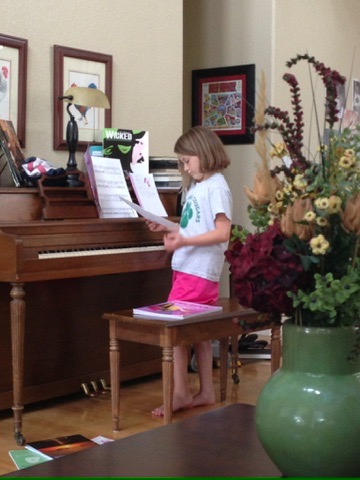 (me practicing at the piano ~2014)
(me practicing at the piano ~2014) - Unique, aged finish: After assembling the piano, I want to spend extra time on the stain and finish of the wood. This is a major factor in the overall aesthetic, so I want to get it right. I will color-match the stain using old photos and match the glossy finish purely from tactile memory. The keys themselves will be different since I want to accentuate the wood grain to showcase the craftsmanship in my piece. I also want the final piece to have scratches and blemishes, just like the actual piano.
- An art piece for my home: Once I finish this project, I hope to keep it in my living space, so I want the final product to be something I am proud of and that looks good overall.
- Make sound: This is the most difficult goal of this project. Based on my research, the mechanics of piano keys are complex, so I’m not sure if I can make it work. However, it would be an incredible reach goal to strive for as I wrap up the project.
Constraints:

(image credit to The Piano Deconstructed https://www.piano.christophersmit.com/actionDetail.html)
- Building an instrument from scratch: Instruments are hard to make, that much is clear. I’ve built ukuleles from scratch before, but that is nowhere near as complex as the mechanisms and engineering required to make a piano. I may have jumped into the deep end thinking I could make the piano functional, but I’m trying to complete the assembly as quickly as possible so I have time to figure it out.
- Access to a shop: I was able to work on this project a lot over spring break in my hometown, where my family has a well-stocked woodshop. Now that I’m back in Boulder, it’s more difficult to get the certifications and access to the equipment I need.
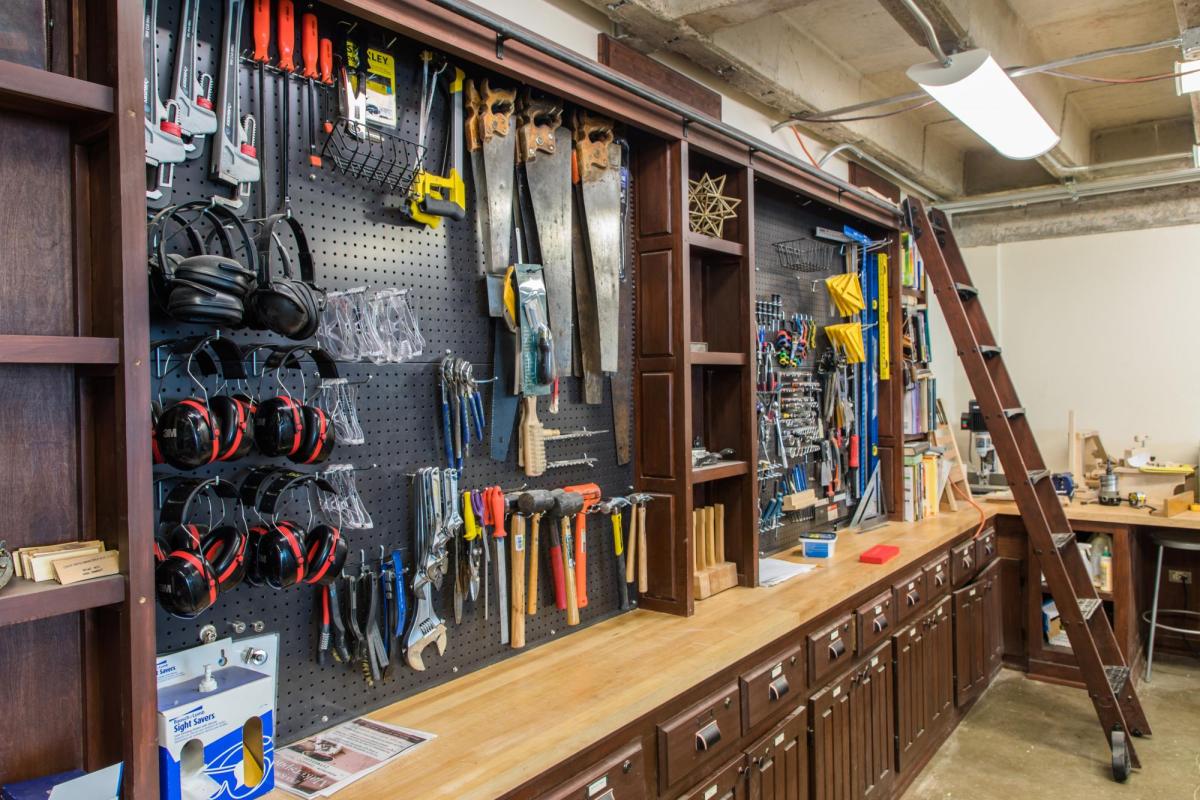
(image credit to CU Idea Forge https://www.colorado.edu/ideaforge/fabrication)
3. Time: I touched on this already, but if I weren’t concerned with making the piano produce sound, I’d be on a good schedule. However, when starting this project, I wanted to challenge myself to make it functional. The main thing standing in my way is time, like most things.
4. My makeshift shop lacks proper tools: I brought a few tools back to Boulder over spring break, but not enough. I have a jigsaw and a mouse sander, which could be sufficient if I’m willing to put in extra effort. I don’t have a proper workstation outside, so I’ll have to find a safe way to cut wood. That may mean buying some additional tools from a hardware store, which I will probably have to do anyway.
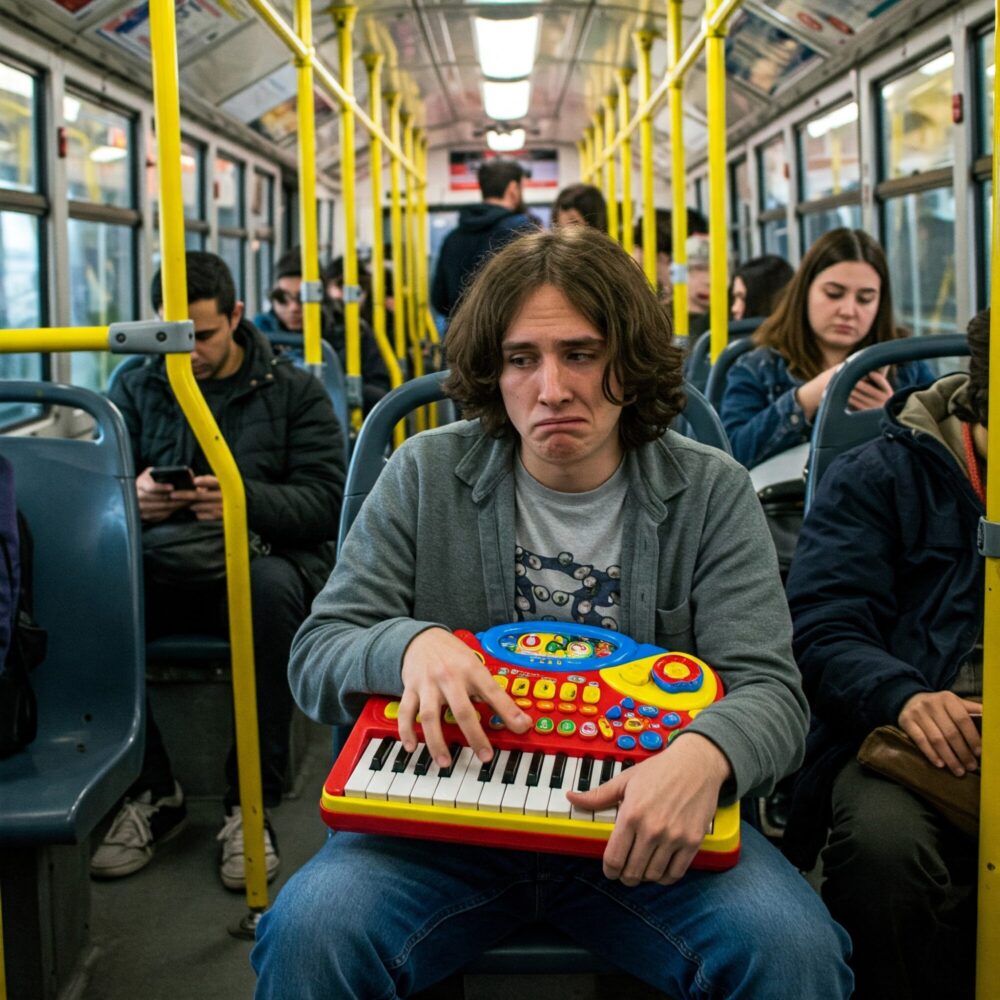 (image credit to Google Gemini with the prompt: someone on a public bus awkwardly holding a toy piano in their lap)
(image credit to Google Gemini with the prompt: someone on a public bus awkwardly holding a toy piano in their lap)
5. Transportation: This isn’t a major issue, but I’ve had to think about how I’ll transport the piano to work on it, whether to labs on campus for shop access or even to the final expo. I’ll have to take the bus, which is doable (it’s not a full-sized piano) but a little awkward. I may wrap it up in some way to avoid questions.
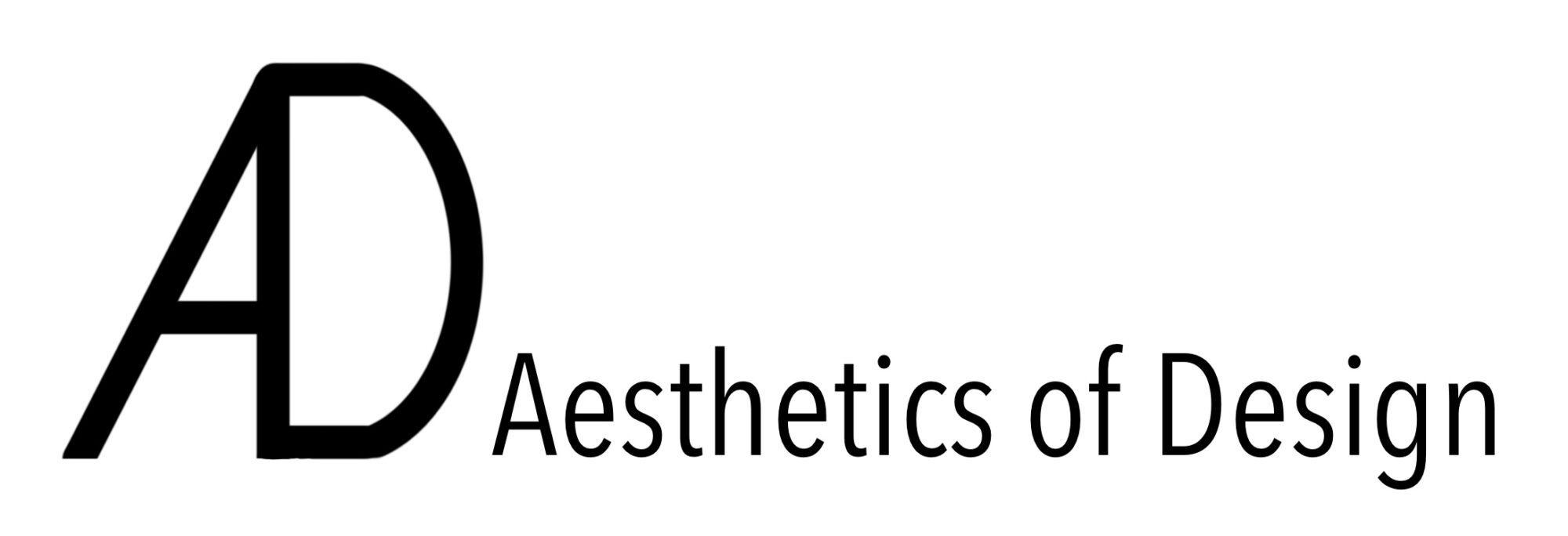
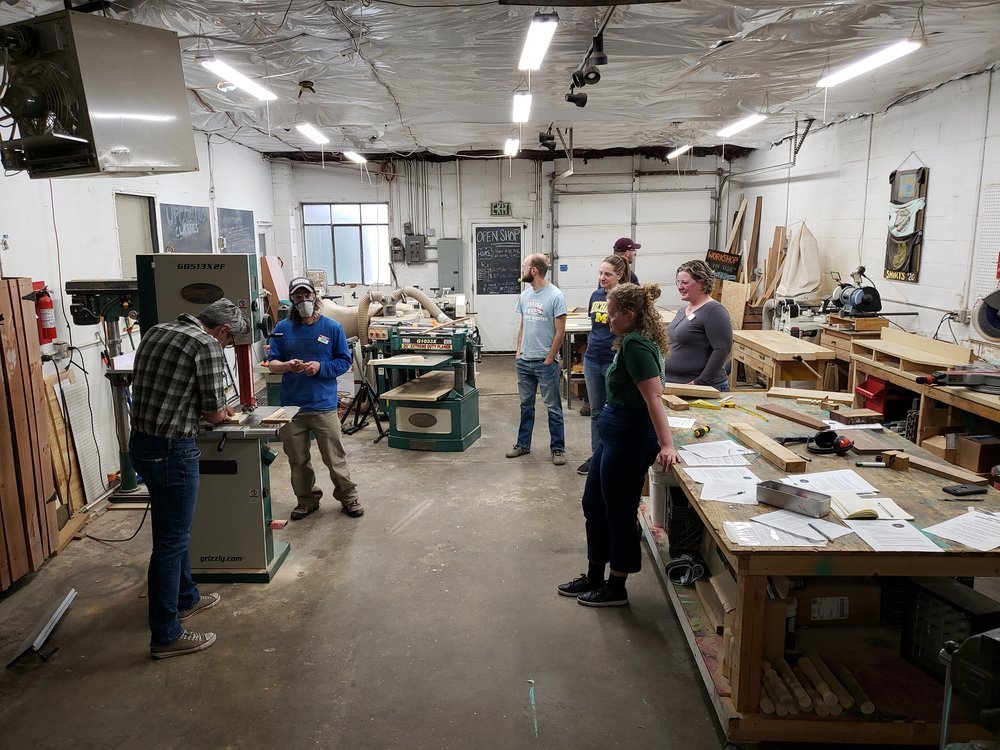
2 Comments. Leave new
How difficult is it to use the wood shops here? I have not used them before so I am unaware of the process that goes towards using them. How much are you able to simplify the mechanism for the piano?
I wouldn’t be super difficult, but I didn’t get a tour of the ITLL early enough in the semester, so I’m not able to get access to the wood shop there until next semester at the earliest. I have class during the available time slots to tour the Idea Forge, and I don’t find it necessary enough to work around those issues when I have an okay setup myself.
As for the mechanism, I’ve started accepting the fact that if I really want it to work, I will probably have to buy a new toy piano and put the mechanism into my prebuilt piano shell, although that still might not be as simple as it sounds.